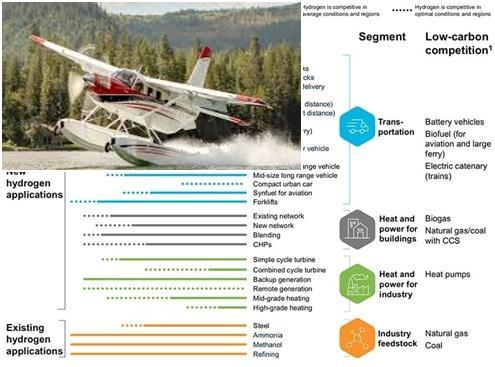MoU to produce Fuel Cell Grade Hydrogen at an affordable price.
The Indian Institute of Science (IISc) and the Indian Oil Corporation Research and Development Centre signed a Memorandum of Understanding to develop biomass gasification-based Hydrogen Generation Technology to produce Fuel Cell Grade Hydrogen at an affordable price.
- The Indian Institute of Science (IISc) and the Indian Oil Corporation Research and Development Centre signed a Memorandum of Understanding to develop biomass gasification-based Hydrogen Generation Technology to produce Fuel Cell Grade Hydrogen at an affordable price.
- The technology being envisaged under the programme will provide clean energy option to address the challenge of biomass waste.
- The technology is to be demonstrated at the Indian Oil Research and Development Centre at Faridabad.
- The hydrogen generated from this demonstration plant is to be used to power fuel cell buses of bigger projects of Indian Oil.
- Biomass Gasification is a process that converts biomass to hydrogen and other products without combustion.
- This is done with the help of steam, heat and oxygen. This technology was developed by IISc.
- The technology first produces hydrogen rich synthetic gas from biomass. It then separates hydrogen from the synthetic gas.
- Hydrogen feul is a zero-emission fuel.
- 90% of atoms in the universe are made of hydrogen. Water is the most abundant compound of Hydrogen.
- Most of the hydrogen in the earth is bonded to oxygen in water and carbon in live or dead fossilised biomass.
- The only by-product of hydrogen fuel is water. This makes hydrogen fuel 100% clean.
- The fuel cells coupled with electric motor is two to three times more efficient than the internal combustion engine running on gasoline.
- Hydrogen in renewable, fuel efficient. IT can produce more energy per unit of fuel than that of diesel and gas. It can be used as fuel in rockets. It is non-toxic and environmentally friendly.
- It is far more expensive to produce and highly flammable. There is a need to scale up the network of supply infrastructure.


